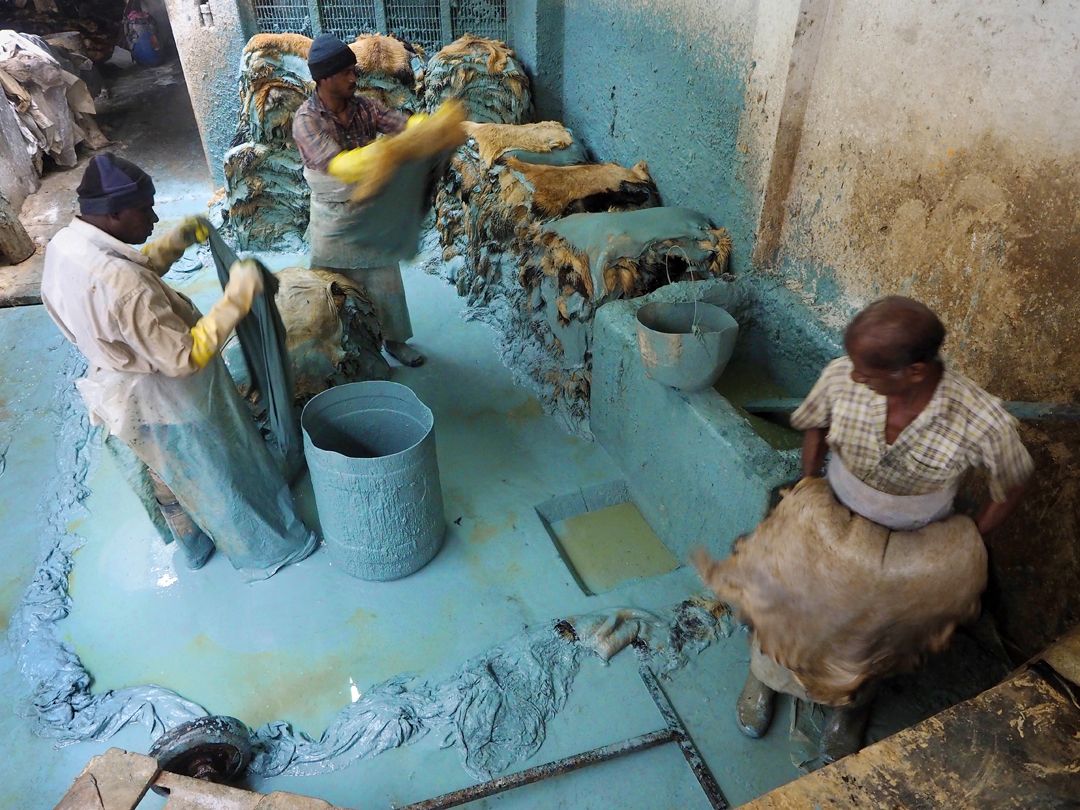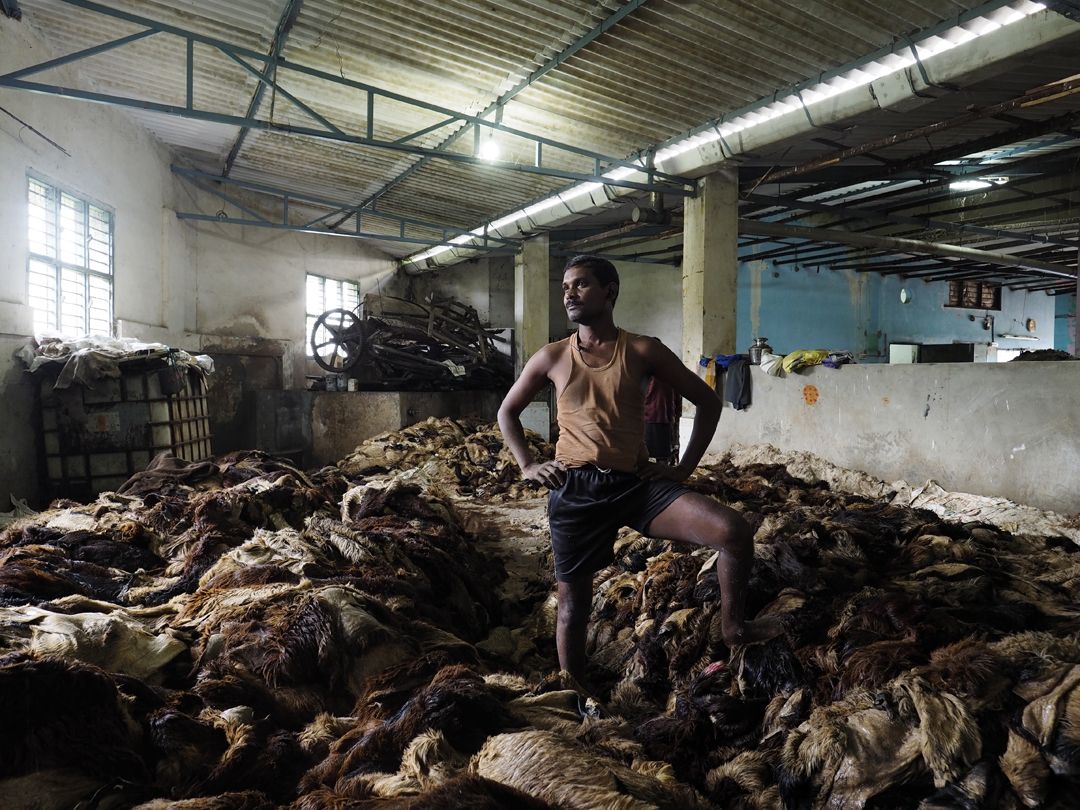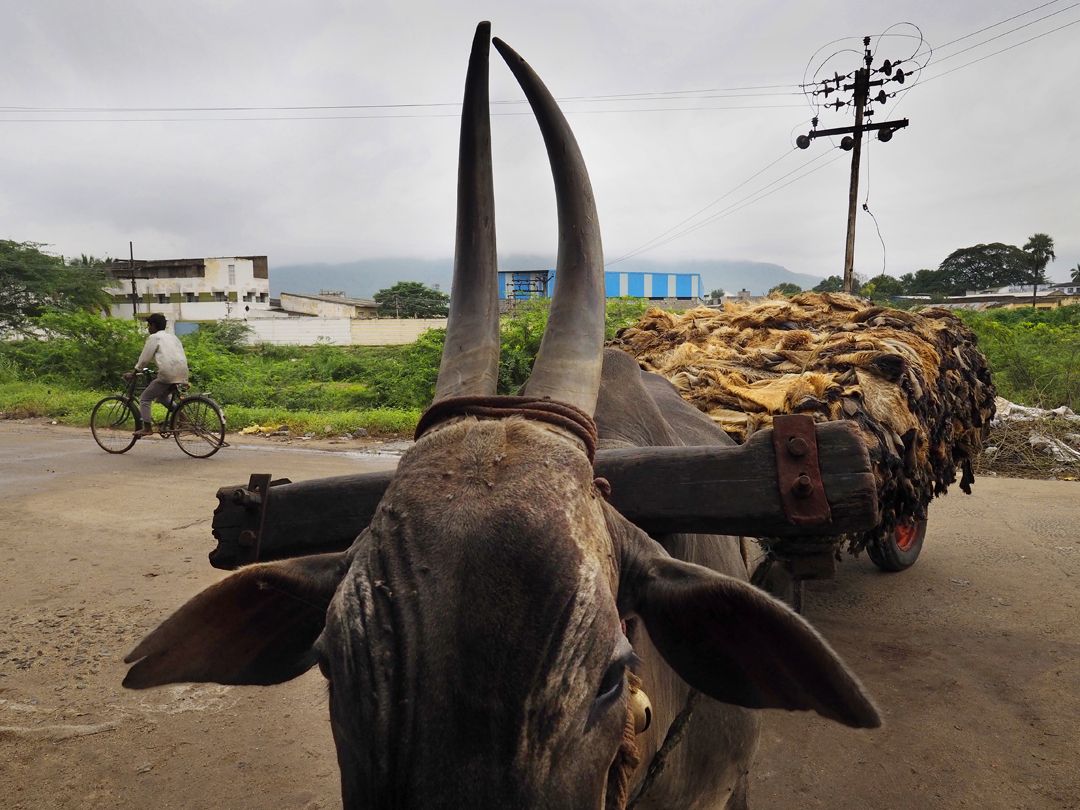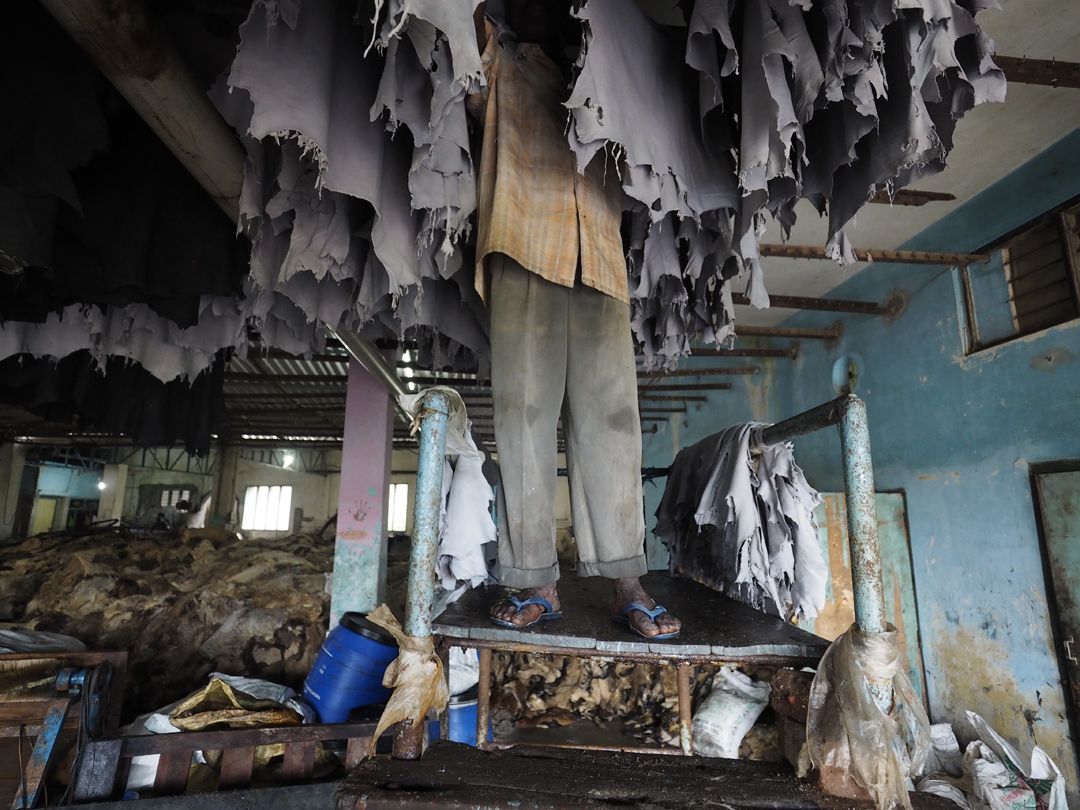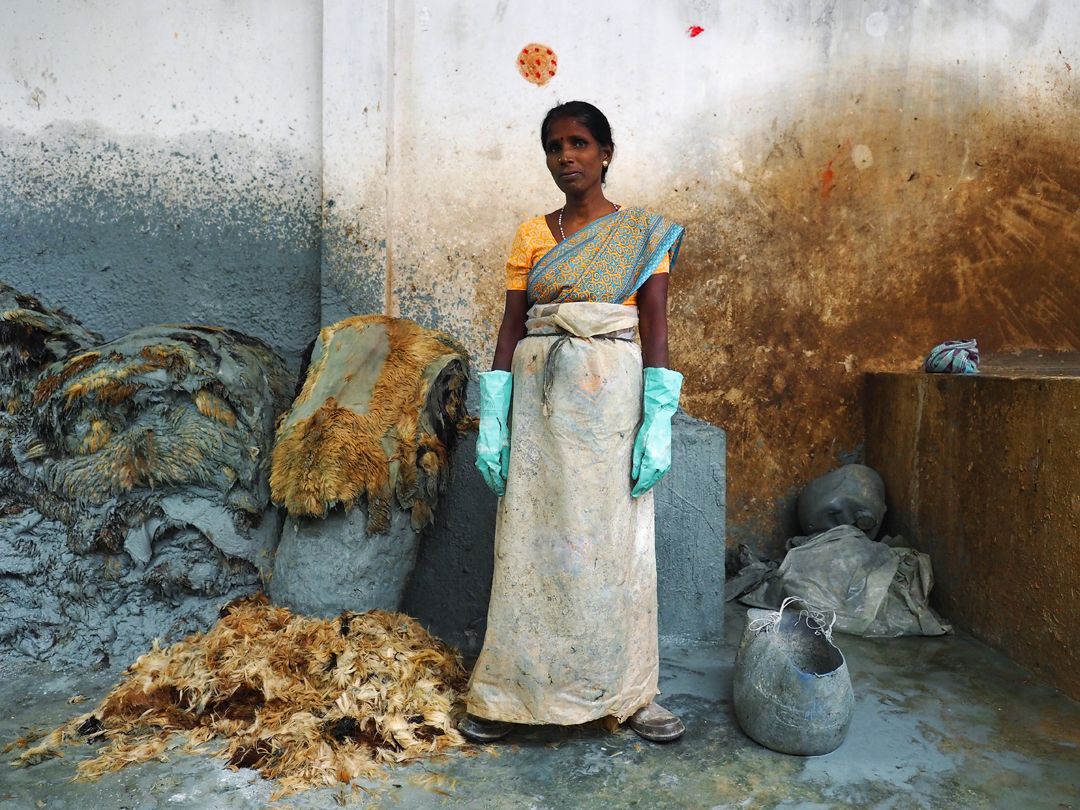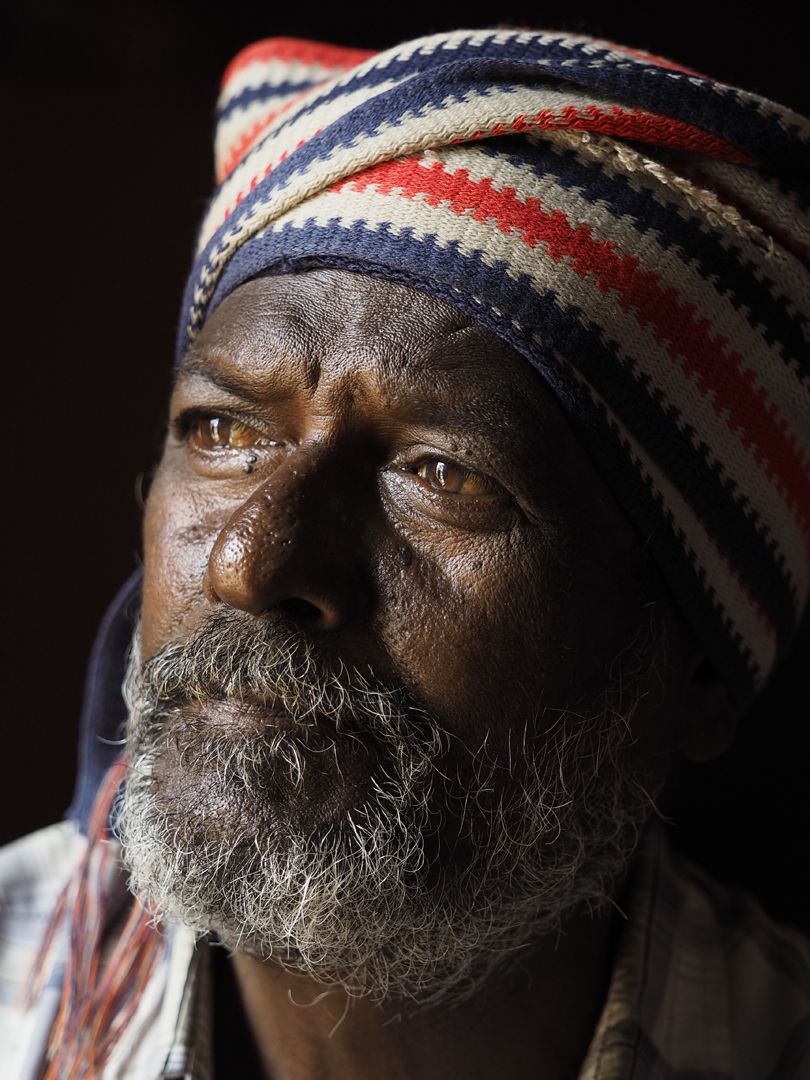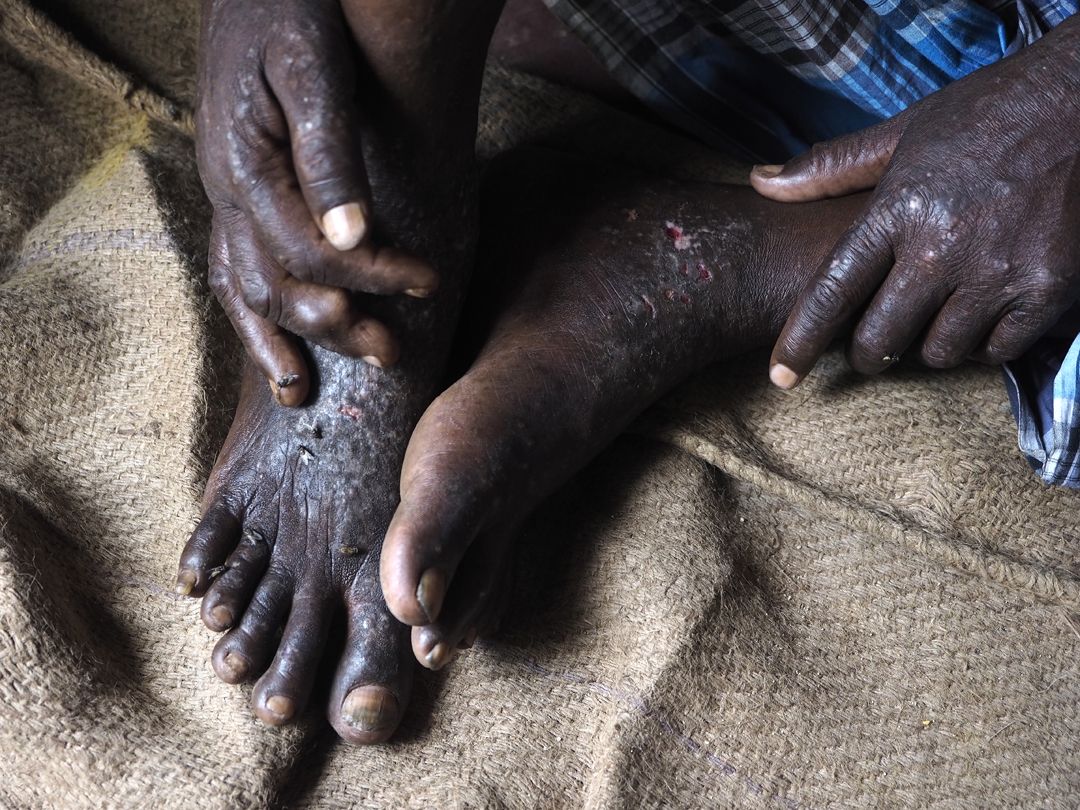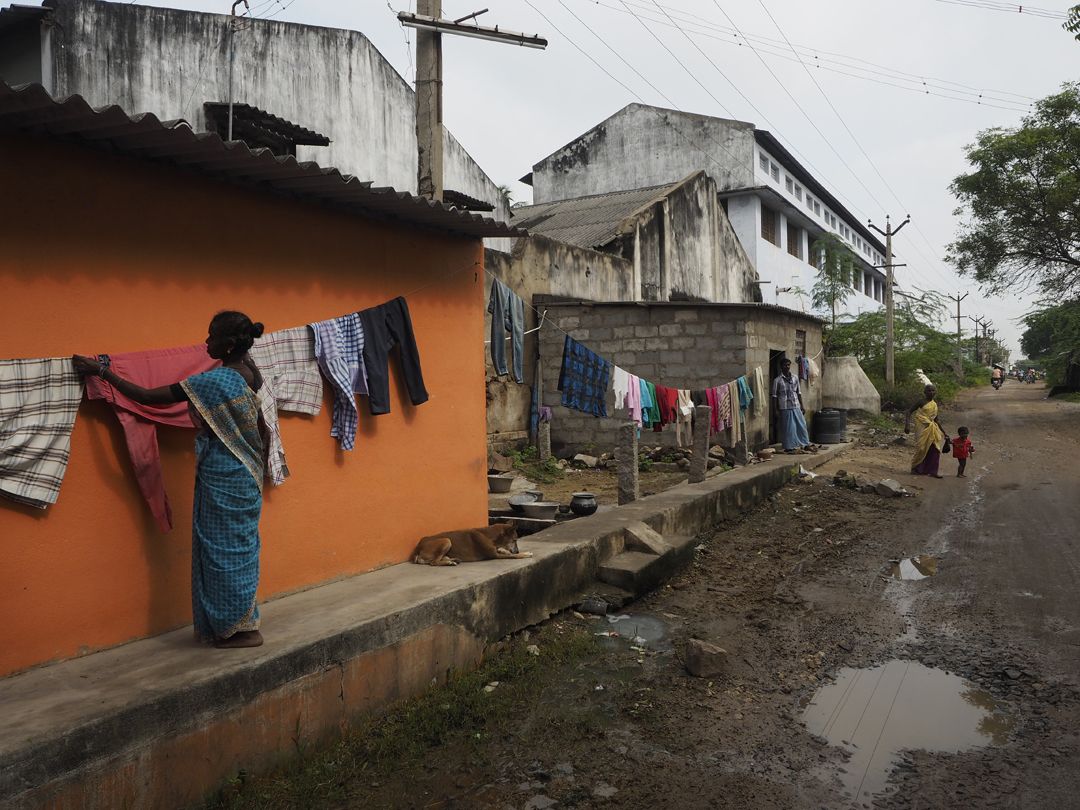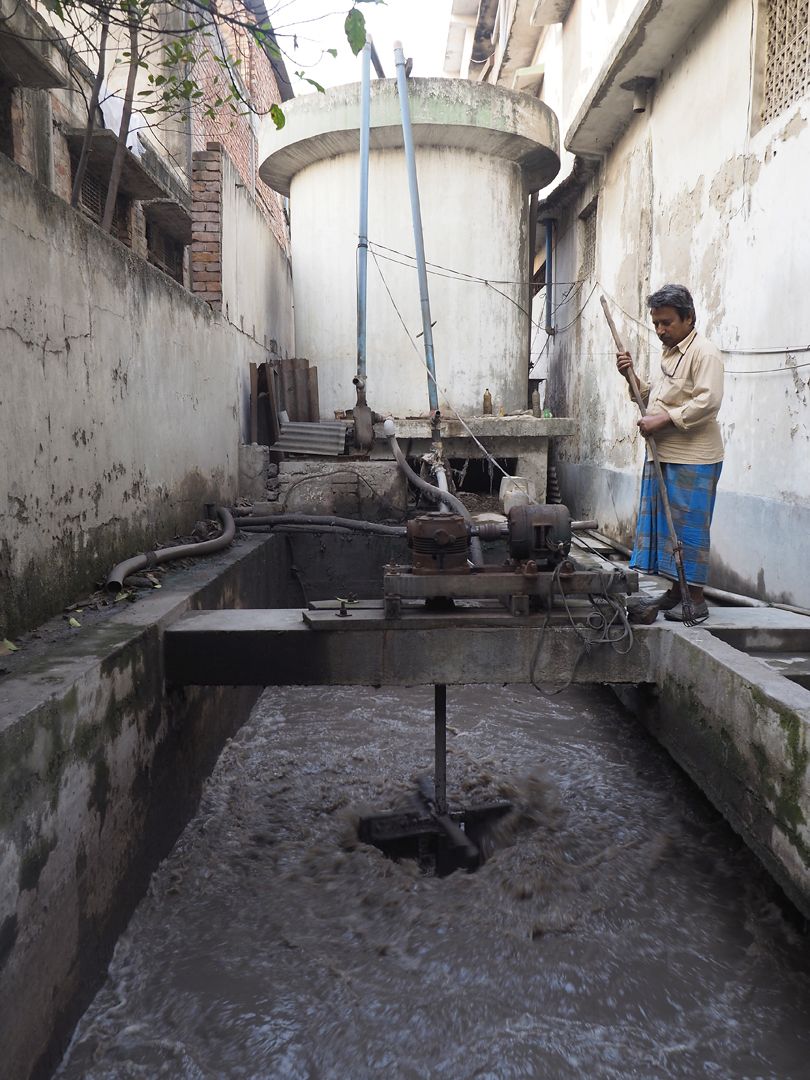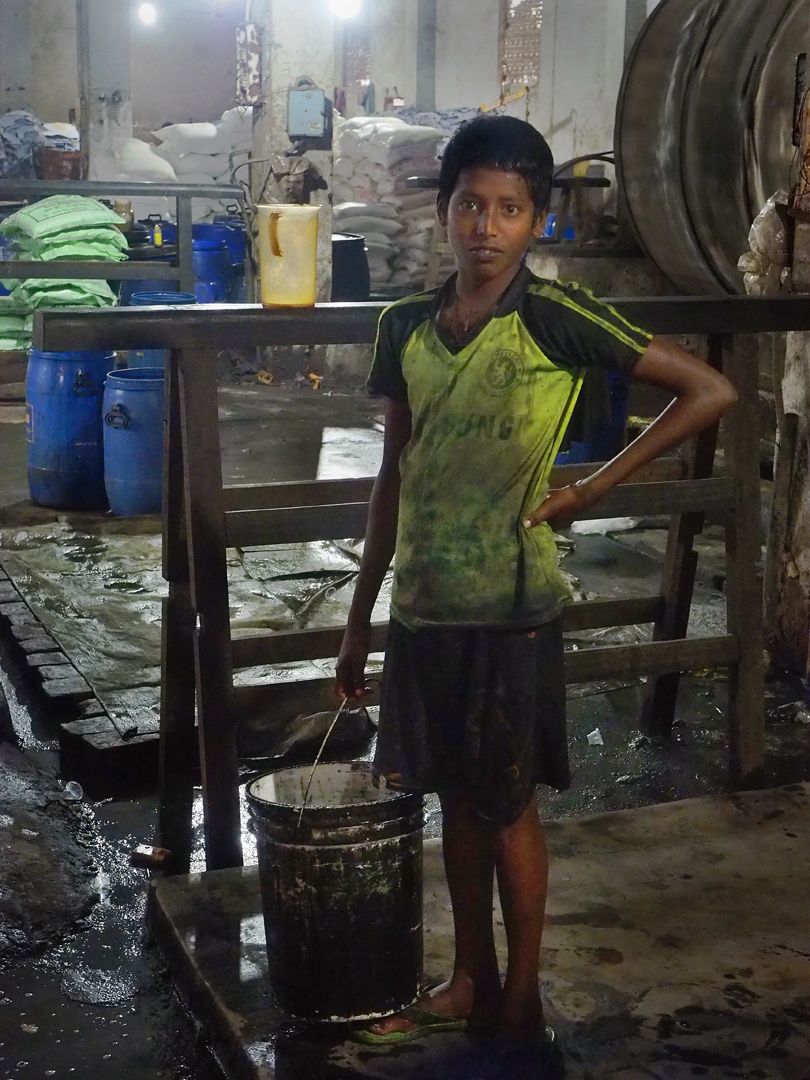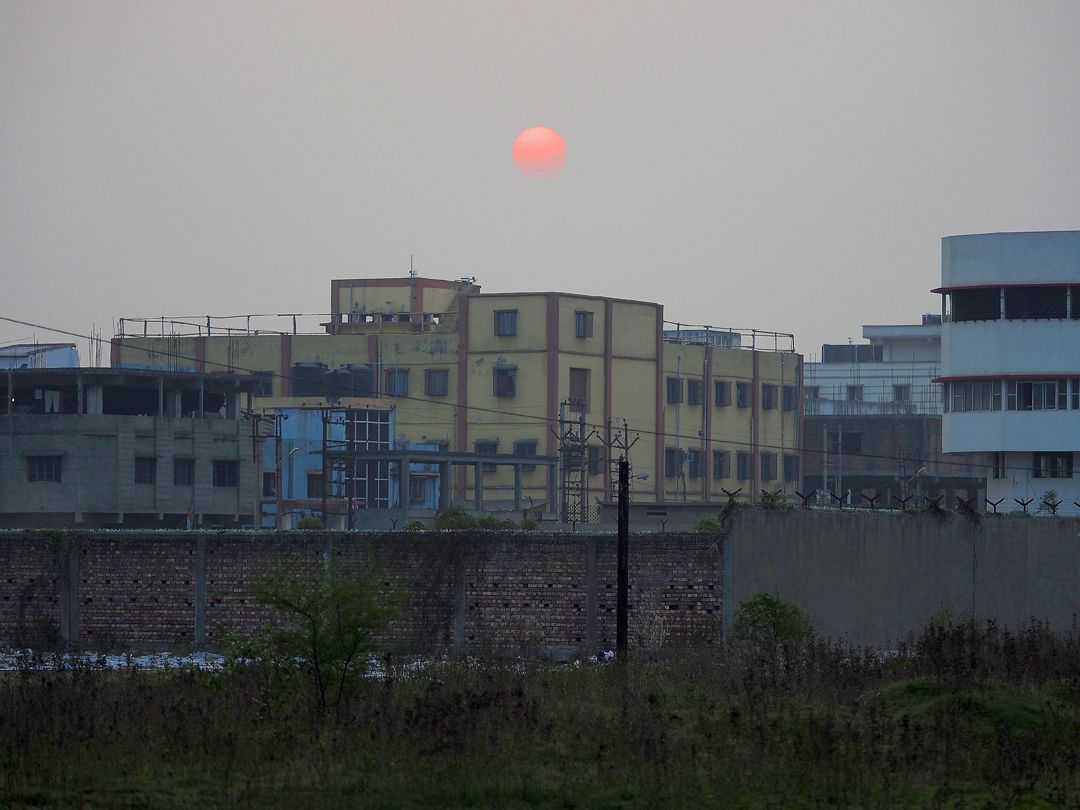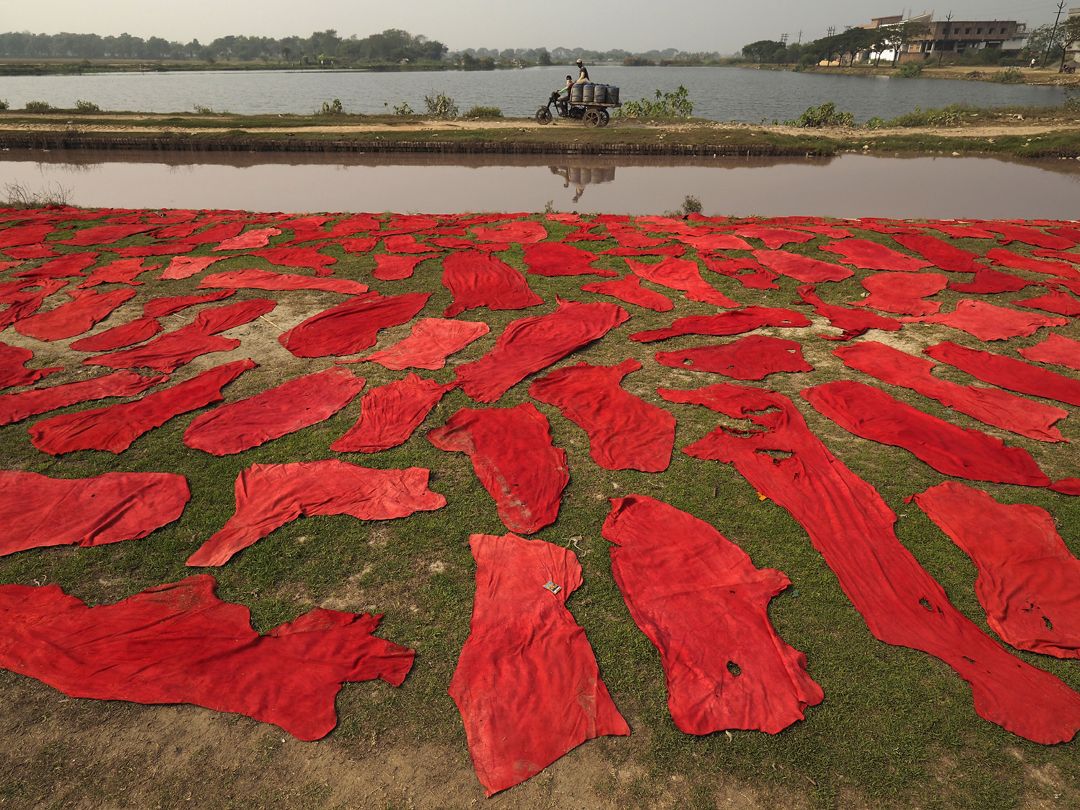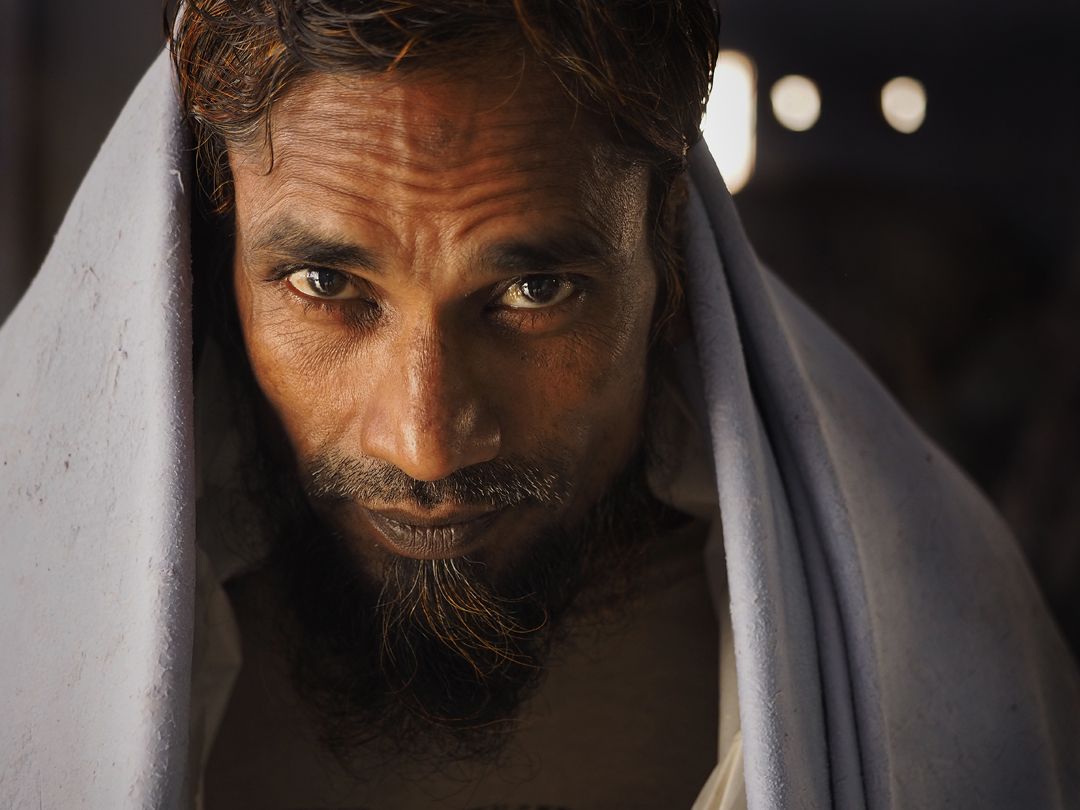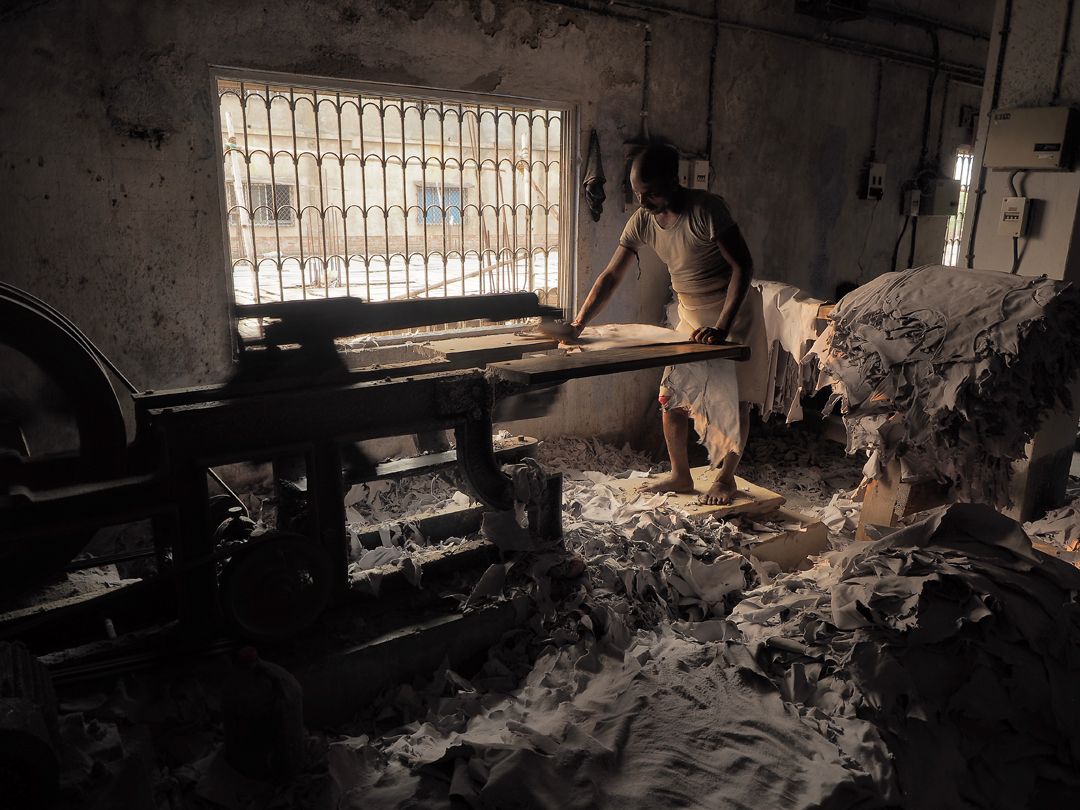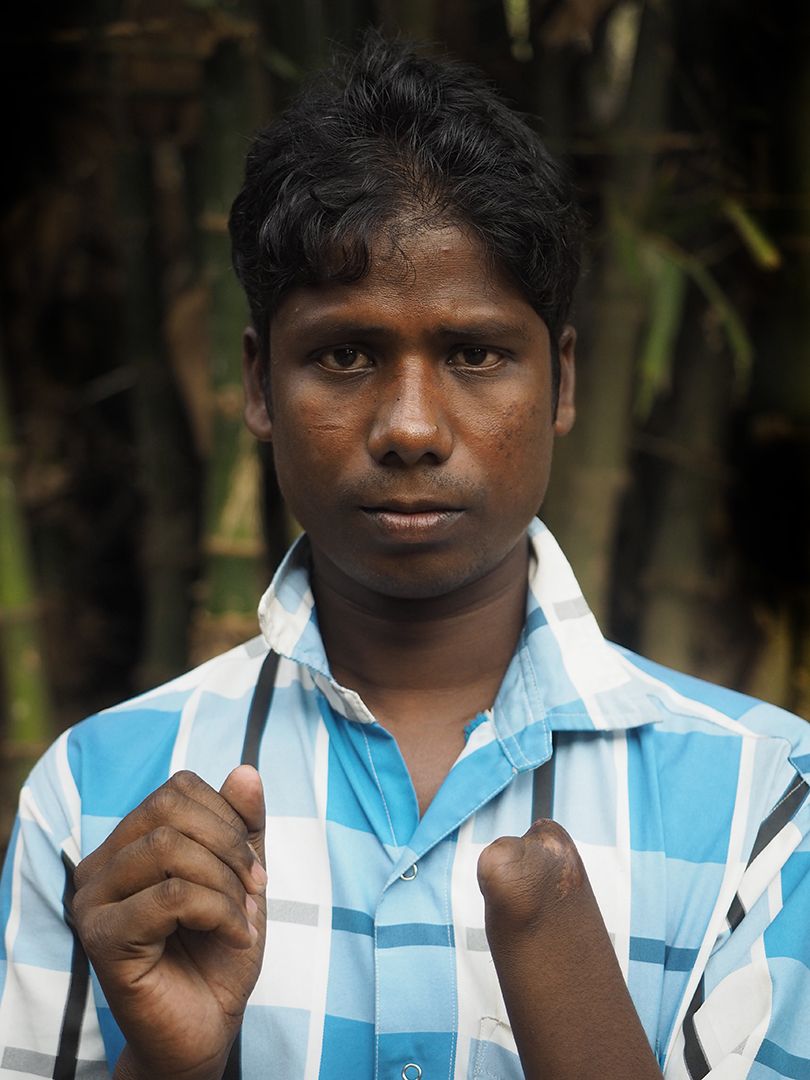We traveled along a narrow two-lane highway leading from the constant congestion of urban Kolkata through a lush countryside crisscrossed by neatly tended patches of farmland to reach the Kolkata Leather Complex. Turning off from the main highway, we drove past enormous containment ponds into the complex.
Here, 14 miles from the heart of Kolkata, blocky factory buildings, two, three and four stories high, line a grid of dusty streets interspaced with acres of open fields where workers spread hides to dry. More than 200 of Kolkata's tanneries are in this complex, which was conceived in the 1990s after the Supreme Court of India ordered all tanning out of Kolkata.
Pumping stations carry effluent from the factories to the central wastewater treatment facility — the large, open concrete tanks that resemble enormous in-ground swimming pools. The water evaporates in the tanks, leaving a chemical sludge. The waste is packaged later for disposal. The goal, of course, is to prevent wastewater from the tanneries from contaminating rivers and groundwater. Previously, tanneries in Kolkata pumped untreated effluent containing toxic chemicals, including chromium, and animal waste into canals, ditches and sewers that ultimately feed into the Hooghly River (the region's largest waterway bisecting metropolitan Kolkata).
Working conditions and pollution controls are monitored more closely in the leather complex than elsewhere in India where environmental violations are notoriously common. Wide dusty roads throughout the complex facilitate truck traffic; the central location also accommodates buyers, who come from around the world to purchase leather — advantages for the industry.
Still, not all of Kolkata's tanners have moved to the complex. And the environmental and worker protections, while better, are far from perfect. In December 2015, three workers died after inhaling toxic gases while trying to clean a holding tank at one of the tanneries. They were not wearing protective gear.
By some estimates, India has more than 2,000 tanneries that produce more than 2 billion square feet of leather annually, making the nation one of the world's largest exporters of processed leather. Most of the tanneries are located in the states of West Bengal (Kolkata) and Tamil Nadu.
The state of Tamil Nadu, major center for leather and leather goods, is responsible, for an estimated 60 to 70 percent of India's leather production and about 30 percent of its exported leather, by some accounts.
In the Vellore district of Tamil Nadu, the skins come to the tanneries piled high on wooden carts pulled by cattle. Along the canals, there are literally hundreds of mounds of skins waiting to be processed. The air is thick with flies and the smell of dead animals.
Most of the work inside the tanneries is done by hand. The women arrive at the tanneries early in the morning wearing jewelry and brightly colored saris, as though they were going to a shop or restaurant, certainly not to a place where they are constantly splattered with rotting animal flesh. They wrap themselves in plastic to protect their clothes, some pull on gloves, and then they go to work. The women stand or sit for hours, plucking hair by hand from softened hides stretched over frames. Others stir sheets of leather floating in vats of chemicals.
Men tend the enormous wooden drums where the hides tumble in a blue bath of chromium sulfate and other chemicals. The blue chemical mix spills and splatters all over the floors and the walls and the people who work with it. Several times a day, the men, who wear only langots, splash themselves with buckets of soapy water to wash off the chemicals.
As in other tanneries throughout India and Bangladesh, workers are exposed to toxic and caustic chemicals and minerals and often suffer from skin and lung irritations. Industrial accidents, too, are common.
Environmental and human rights groups have repeatedly found acute and widespread pollution and abysmal working conditions at tanneries in Tamil Nadu. In a 2015 report, the NGO Cividep-India and Framtiden, a Norwegian environmental organization, cited numerous concerns about worker safety. The authors of the report found that the workers they interviewed were unaware of the hazards of the chemicals they handled and that none knew how to safeguard themselves. "... the tanneries do not inform or train them on the matter," the report said.
The report also noted that migrant workers who come to the tanneries — and often live on site — are at particular risk. In January 2015, 10 migrant workers sleeping in a room next to a slurry tank drowned in the effluent when a wall collapsed.
Crippling injuries, too, are common. Anasuddin Mallick, a slight, handsome man of 25, left his village in the country to work at a tannery in Ranipet. Mallick had noble ambitions. He struck out to make a better wage with the intention of sending money back to his family. He was there only a month when his hand was crushed in a leather processing machine. He went back to his village, unable to work.
